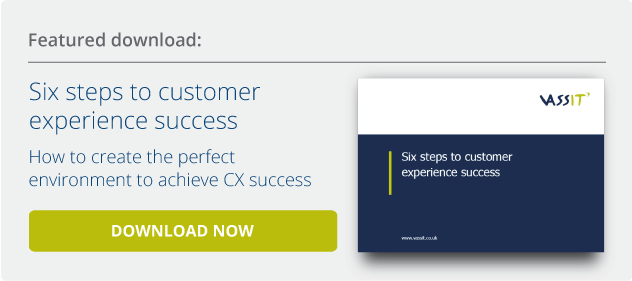The similarities between Business Process Management (BPM) and Service Oriented Architecture (SOA) are obvious – the differences can be less clear. Understanding the individual and intersecting roles of these two business practices can help you move towards a more well-structured and robust business.
In any business, processes can become chaotic over time, or at least very disparate, with each department working in stovepipe fashion. BPM and SOA can help to streamline and formalise each individual business practice and the business’s set of processes and services as a whole.
What is BPM?
BPM is Business Process Management, a top-down methodology whereby the organisation works to align, streamline and hone all processes within it for optimum business performance. Most of the BPM process is platform independent, and it takes a holistic view which spans numerous functions, making it distinct from most traditional management approaches based on hierarchy.
BPM’s benefit is not just the streamlining of an organisation’s processes but also the real-time visibility it grants to those processes.
And what is SOA?
Where BPM is business driven, SOA comes from enterprise application integration (EAI). Simply put, a Service Oriented Architecture, or SOA, is an architectural style which focuses on service use. It works to bring discrete systems, both process assets and computing assets, together, integrated into a business solution. Though SOA itself deals with services, not processes, it can be used as a tool for designing business processes.
SOA allows you to identify elements that can orchestrated in line with a BPM solution, and to align services flexibly, in a modular fashion, like a set of building blocks. One of SOA’s greatest benefits is its reconfigurability, allowing your business to change easily as demands evolve.
SOA and BPM Work Together to Improve Business Agility and Scalability
If SOA is a set of building blocks, BPM is the blueprints that allow you to bring those blocks together to create a sturdy construction.
The aims behind SOA and BPM overlap so much that, though the concepts are different, they may be considered inseparable when it comes to their execution in business.
Perhaps the most accurate explanation of their relationship is that SOA acts as a key element in your BPM arsenal, helping you to achieve your BPM aims and move towards a resilient and scalable business. Although many BPM processes are streamlined and enhanced by employing SOA, it is not dependent on this, and you will not not need SOA for every process in BPM.
Where Does the Boundary Lie Between the Process Layer and the Service Layer?
This is the big question in BPM and SOA, and the answer is not always completely clear – you may occasionally need to make the call yourself when implementing BPM and SOA in line with your own business needs.
However as a rule of thumb, something is a service when a command is executed and a response expected – for instance: “update address”, “send order to warehouse”. Timeframe involved is also a strong indicator – if there is an associated timeframe of seconds to minutes it is a service, hours to days (or more) indicates a process. Finally, SOA will always involve IT, BPM may or may not.
When adopting BPM and SOA, the key is in clear communication of where the lines are drawn so that everyone involved understands their role and each other’s – your BPM and SOA implementing processes should be as smooth and streamlined as their results.
The Role of BPM and SOA in Customer Experience
Having a BPM process in place can be a great way to improve Customer Experience (CX) – modelling and optimising your organisation’s processes and services will allow you to understand and anticipate all touchpoints between company and customer and to ensure that these are optimised.
If CX is your priority, then get a headstart with our guide to creating the ideal environment for CX success.


